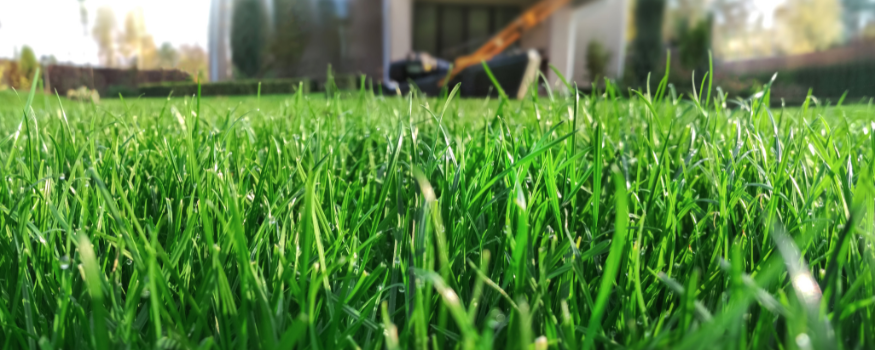Experts weigh in on whether mowing abstinence truly helps pollinators
The concept behind “No Mow May” is to create a temporary habitat for early-season pollinators by not mowing your lawn. Founded in the United Kingdom, this trend may not be appropriate for all regions of North America in the month of May. Or is it appropriate at all?
Getting the timing right
One of the first things to consider is if May is truly the best month for your area. For example, in Georgia, this Bob Villa writer chose the month of March instead of May, as suggested by this article from North Carolina State University.
A second consideration might be if your homeowners’ association or city/municipality has ordinances against letting lawns grow unsheared. Iowa State University’s Extension office has these suggestions if you are in an area that will fine you for participating.
One possible solution is to do a partial “No Mow” area that won’t irk the neighbors or the local government. Even allowing a portion of the total lawn to go unmowed can make a positive impact for pollinators.
Pollinator food sources
Another thing to think about is how many pollinator food sources will crop up, even with regular mowing. The Oregon State Extension Service points out that dandelions and clover (both good food sources for bees) do bloom, even with regular mowing.
Speaking of dandelions, there is a “Dandelion Challenge” in the Canadian province of Quebec that aims to raise awareness of pollinating insects with a modified version of No Mow May.
As with many pollinator efforts, increasing the public’s awareness about the needs of pollinators has been a positive outcome of this project. This study from Appleton, Wisconsin, explains that an engaged community resulted in improved gardening practices that benefit pollinators. One key improvement made was an increase in floral resources in the garden at all times of the year.
The ‘less mow’ alternative
A less drastic option is “less mow May,” where a homeowner might mow every other week instead of every week. The appealing part about that suggestion is that you can have the best of both worlds. Or can you? Will that frequency of mowing truly allow the plants a chance to bloom and produce pollen and nectar? You can read about this option in this report from a study done in Springfield, Massachusetts.
Another consideration is how difficult or easy it will be to get your lawn back in shape after a month of not mowing. Most grasses can grow 12 inches or more in a typical midwestern May, for example. How will you tackle that in June? And will that dense stand of grasses harbor unwanted weeds or pests? We suggest talking to your local Extension office for advice and tips on how to manage the lawn in your local area.
What to do instead
A conclusion from this study by the University of Leeds in the United Kingdom is that any area of unmanicured biodiversity in one’s garden is a tremendous help to pollinators. Gradually (or drastically, if you are so inclined!) removing areas of traditional lawns in favor of pollinator-friendly ornamentals can be an easy (and more permanent) step to providing a more natural and pollinator-friendly garden area.
National Garden Bureau member American Meadows has been actively inspiring homeowners to try meadowscaping in any size as a way to turn former manicured lawn spaces into pollinator-friendly landscapes. Even converting a traditional lawn to an early spring blooming ground cover is a way to provide an early spring food source for pollinators.
In summary, weigh your options when considering “No Mow May.” Your geographic location, local ordinances and manageability will help you determine if not mowing your lawn is truly the most effective way for you to help the pollinators in your area. You may find there is a better, more permanent and less controversial way of helping pollinators in spring.

